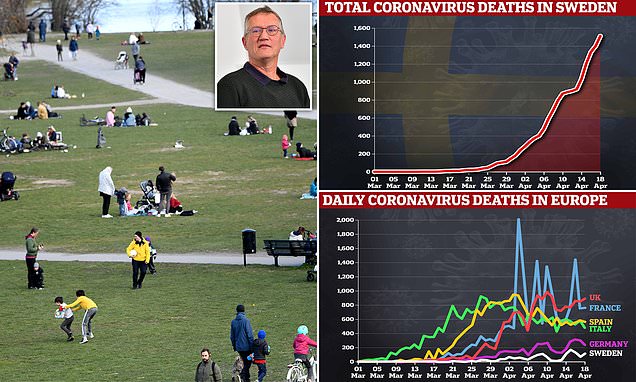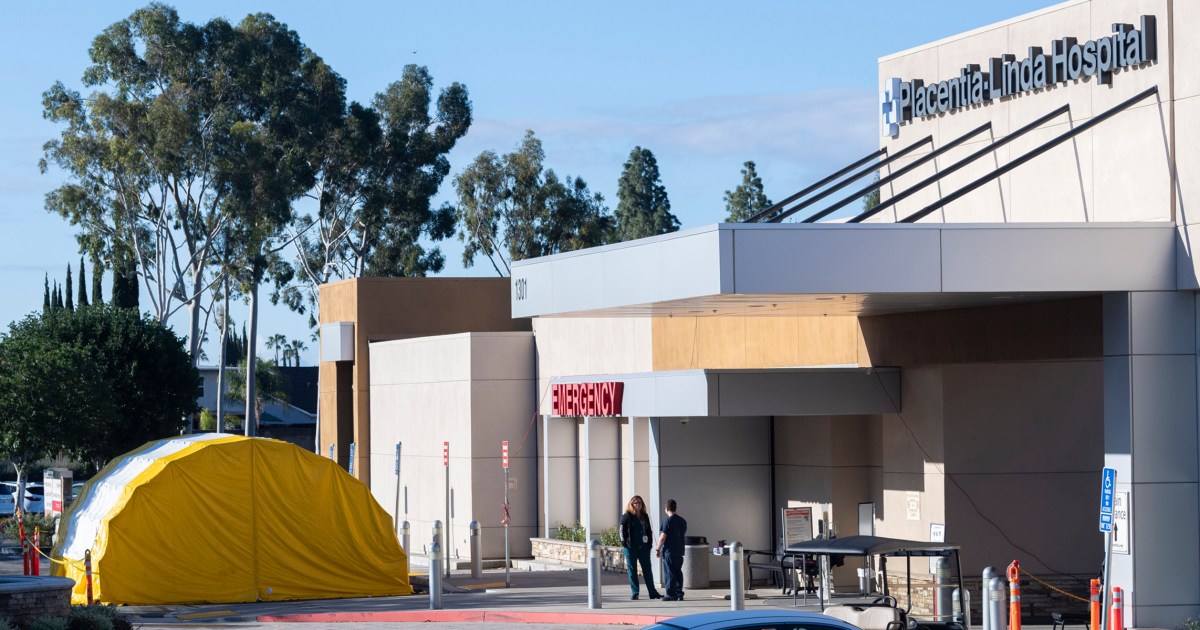There are multiple ways to “grow” with these entities. In general, from a Rad Onc perspective, they tend to want a relatively big percentage - from what I’ve heard it’s ~20%. It’s sort of like having an external partner purchasing a portion of ones practice and in return you get a management services agreement, access to lower COC (cost of capital), some centralization of technical services, access to tech like EMR that have pathways, a national network of physicians, marketing etc etc. As one poster alluded to, the model may work better in med onc due to the benefits of a group purchasing organization - OneOncology can source drugs cheaper from multiple sources (AmerisourceBergen, cardinal, McKesson etc) than a single practice can and can more easily float the money needed to purchase those drugs. What’s in it for the private equity? They purchase a stream of profits without having to establish a new practice and compete in an existing market and their valuations start to go up exponentially as they add more assets and income streams to their books (think discounted cash flow and relative valuation techniques). Eventually, 5-10 years down the line, the private equity sells the venture off to the next buyer. CareMore (capitated Medicare advantage program) good example of these problems - new private equity bought it out and even more difficult now for their physicians to dispense chemo of any kind…



